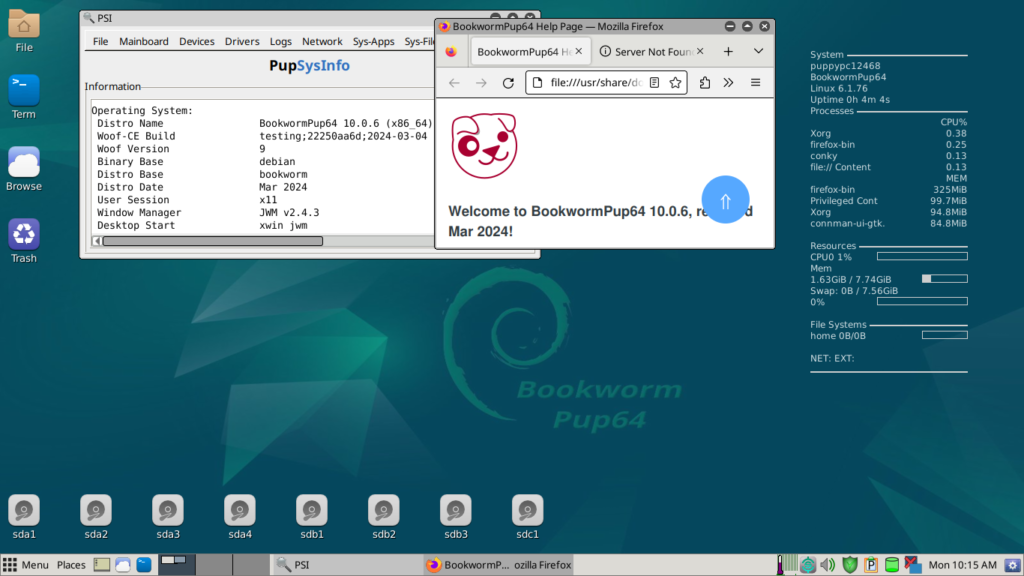Linux is a magical world where your computer can feel alive again, even if it’s a decade old! Thanks to the open-source and modular nature of Linux, there are distributions (or “distros”) out there that are incredibly lightweight and memory-efficient. Let’s dive into why lightweight Linux distros are perfect for your old PC, home server, or Raspberry Pi projects.
Why Go Lightweight? 🌱
If you’ve ever compared the system requirements of modern operating systems like Windows or mainstream Linux distros, you’ll notice a stark difference. For instance:
- Windows 11 demands a hefty 64 GB of storage and 4 GB of RAM just to function.
- Fedora, a popular Linux distro, requires 15 GB of storage and 2 GB of RAM.
But here’s where lightweight Linux shines:
- Arch Linux (minimal install): Needs only 800 MB of storage and 512 MB of RAM.
- Alpine Linux: A barebones champion, requiring just 320 MB of RAM to install!
With these tiny footprints, lightweight Linux distros allow you to breathe new life into machines you thought were long past their prime.

What Can You Do with Lightweight Linux? 🎯
Lightweight Linux distros aren’t just about saving resources—they open up a world of possibilities:
- Revive Old Computers
Turn your dusty laptop or desktop into a snappy machine. Lightweight distros strip away unnecessary features, leaving you with a fast and efficient system for basic tasks like browsing, document editing, and media playback. - Set Up a Home Server
Got a spare PC lying around? Install a lightweight distro to host your files, run a media server, or experiment with self-hosted applications. It’s a cost-effective way to explore the world of servers. - Tinker with Raspberry Pi
Raspberry Pi enthusiasts, rejoice! Lightweight Linux distros are perfect for these tiny boards, allowing you to maximize performance for projects like home automation, retro gaming, or IoT experiments.
A Fun Learning Experience 💡
Using a lightweight Linux distro is like peeking under the hood of a car—it teaches you how computers really work. Since these distros often come with fewer pre-installed features, you’ll have to roll up your sleeves and configure things yourself. Don’t worry; the Linux community has your back with tutorials, forums, and helpful tools.
Plus, it’s free and open-source. So, if you mess up, no big deal—just reinstall and try again.
Popular Lightweight Linux Distros to Try 🌟
Ready to dive in? Here are a few lightweight Linux distros worth checking out:
- Arch Linux: Minimal and highly customizable. A bit advanced, but super rewarding.
- Alpine Linux: Ultra-light and secure, ideal for servers or containers.
- Lubuntu: A user-friendly distro with a lightweight desktop environment.
- Tiny Core Linux: Barely 16 MB in size! Perfect for extreme minimalists.
- Puppy Linux: Designed for older hardware, it’s quick and easy to use.
Final Thoughts
Switching to a lightweight Linux distro isn’t just about squeezing more life out of old hardware—it’s about embracing a new way to experience technology. It’s fun, hands-on, and rewarding. Whether you’re a beginner or a seasoned techie, there’s always something exciting to discover in the Linux world.
So, what are you waiting for? Grab your old laptop, a Raspberry Pi, or even a USB drive, and get started. The Linux adventure is calling! 🐧✨

